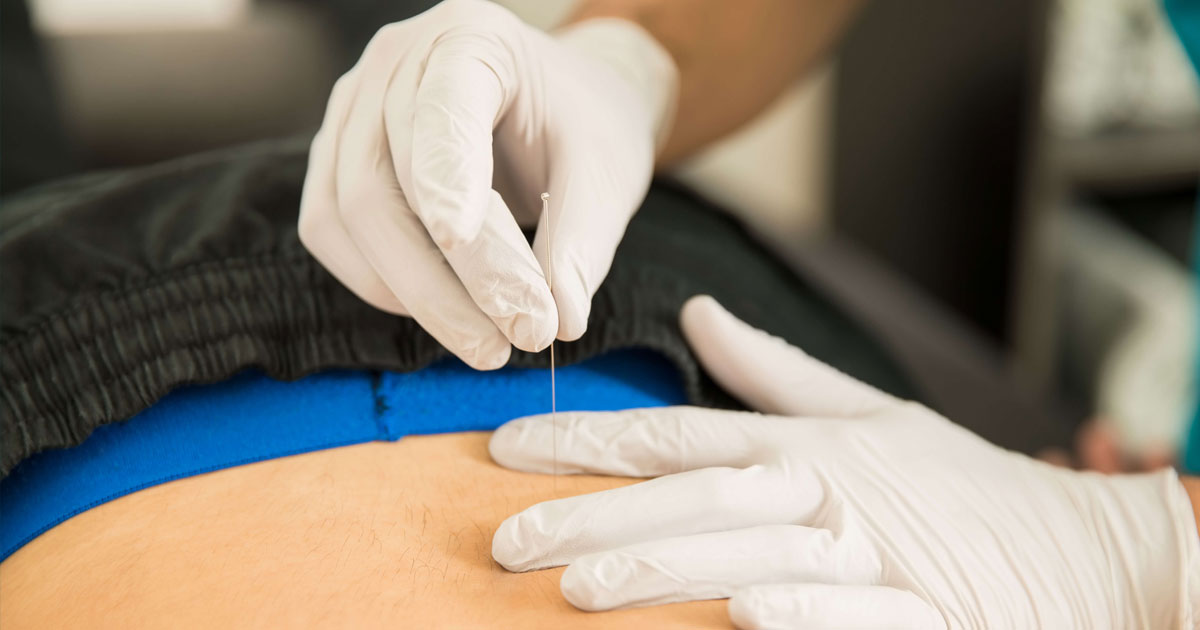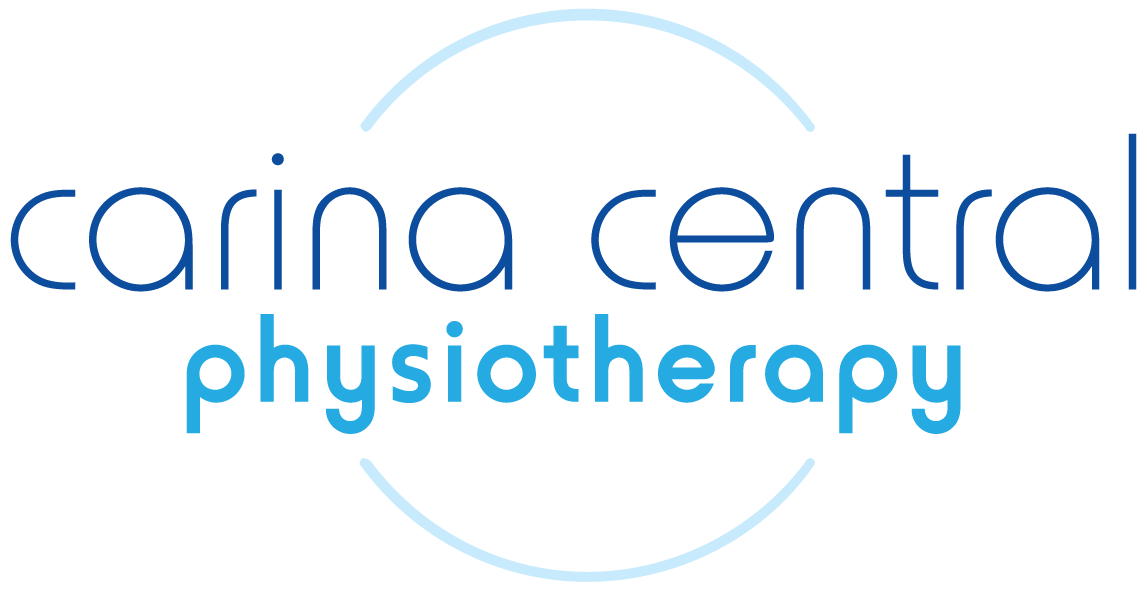
Dry Needling
By Michael Ingle
Musculoskeletal Physiotherapist
What is dry needling and how is it different to acupuncture?
Acupuncture is typically associated with traditional Chinese medicine, whereas dry needling reflects an evidence-based, western scientific approach. Dry needling uses the same very fine needles as acupuncture; however, acupuncture needles are inserted just under the skin whereas dry needles are inserted directly into muscles.How is it used in physiotherapy?
When most people have pain or an injury, one of the simplest principles we keep in mind is “calm it down, build it up.” This means we typically work on reducing pain before introducing targeted exercises to address the underlying contributing factors. Dry needling is one technique that can be used to calm symptoms as it can often reduce pain, thus making it easier to move and complete rehabilitation.How does it work?
Dry needling influences the pathways involved in pain from the nerve receptors in our tissue to our spinal cord and brain. This can reduce both pain and muscle spasm.Does it hurt?
The needles themselves are very fine and using them is usually painless. Sometimes they can produce a slight sting when they are inserted. If the needle contacts sensitive tissue this might bring on an ache-like discomfort, although it is typically a lot less than a painful massage!Is it just a placebo effect?
Many medical treatments carry at least some placebo effect, but dry needling is not just a placebo. Studies involving using sham (pretend) needling do not show equivalent improvements in pain (Chys et al 2023).Are there many research studies supporting the use of dry needling?
Yes! Extensive research has been carried out on dry needling for many years. Here are some examples:- Pain on the outside of the hip (gluteal tendinopathy) – dry needling has been shown to be as effective as a cortisone (strong anti-inflammatory) injection (Brennan et al 2017)
- Tendon pains (Stoychev et al 2020)
- Frozen shoulder (Clewley et al 2014)
- Headaches (Vasquez-Jestes et al 2022)

Michael is a titled musculoskeletal physiotherapist. Call our clinic on 07 3395 2448 to make an appointment with Michael Ingle.
REFERENCES
References
Brennan et al (2017): https://www.jospt.org/doi/full/10.2519/jospt.2017.6994
Chys et al (2023): https://www.mdpi.com/2077-0383/12/3/1205
Clewley et al (2014): https://www.jospt.org/doi/10.2519/jospt.2014.4915
Stoychev et al (2020): https://www.ncbi.nlm.nih.gov/pmc/articles/PMC7083985/
Vasquez-Jestes et al (2022) https://www.sciencedirect.com/science/article/pii/S2173580822000621
